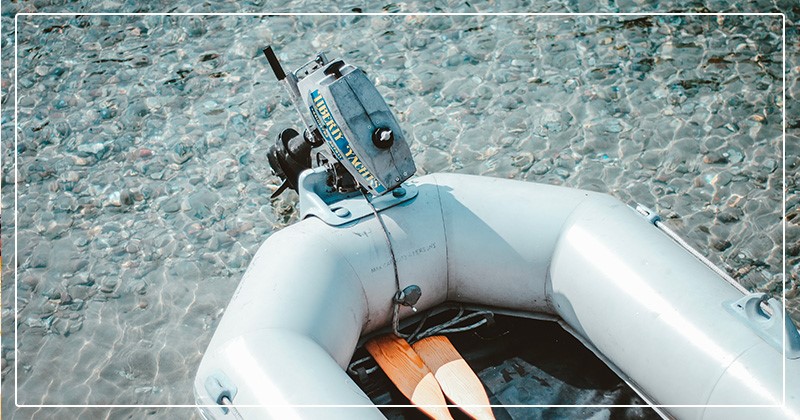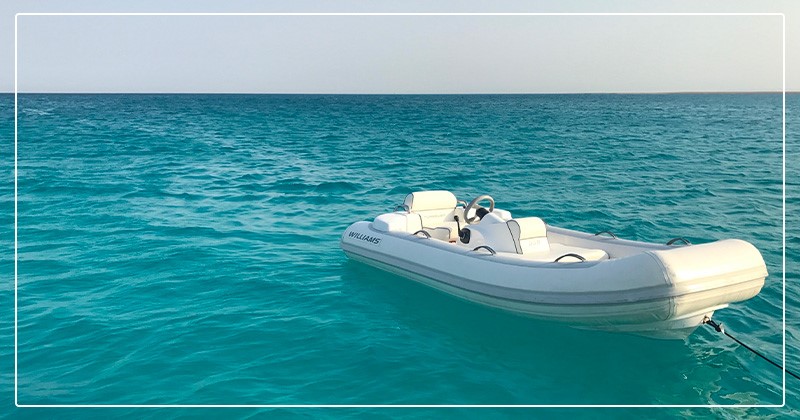
Replacing dinghy inflation valves: where to find the most suitable ones
Tubular pressure has always been one of the most common problems for enthusiasts, the cause of which usually lies in one of the following:
- cutting of the inner tube;
- loss of an inner tube joint;
- malfunction of the dinghy inflation valves.
If you don't notice any tears or obvious damage to the tubular, the first thing you can do is bring the tubular back to the correct pressure and see how long it takes for it to deflate: if there is damage to the inner tube, the loss of pressure is usually quite fast. Obviously, this depends on the extent of the damage. In the event of a problem with the dinghy inflation valves, however, the loss occurs more gradually.
In any case, it is always a good idea to contact specialized people to carry out the repair, but in case you are in an emergency situation or are unable to turn to third parties, it is useful to have spare inflation valves for the dinghy and to know how to proceed with their replacement.

HOW TO REMOVE DAMAGED INFLATION VALVES
If one or more valves are damaged, the first step to dismantle them is to understand how they are inserted into the dinghy itself.
If the valve is stuck, you need to heat the area with a hot air gun; in this way the adhesive softens, allowing the valve to be extracted by holding it by the base through the tubular fabric. If, however, the valve is screwed, it is necessary to hold the nut at its base and insert the screwing key into the upper part, thus turning the valve and then extracting it.
HOW TO INSTALL NEW DINGHY INFLATION VALVES
Once the space occupied by the previous valve has been freed, it is necessary to clean it, because dirt may not allow the new one to adhere and operate automatically.
Especially in cases where your valve is glued to the tubular, we recommend adequately eliminating all the residue of old adhesive, even using sandpaper if necessary, obviously taking great care not to excessively mark the tubular. At this point, insert the nut of the new valve and apply the sealant on the edges of the hole of the tubular in contact with the valve. Then, finally, screw the valve onto the nut, holding the latter through the fabric and leave to dry for at least 24 hours.
In case of screw-on inflation valves, however, it will be necessary to unscrew them from the nut and replace them with new ones.

NEW INFLATION VALVES: WHICH ONES SHOULD YOU CHOOSE?
There are different types of dinghy inflation valves, which vary depending on installation (whether they are glued directly to the tube or whether they are screwed onto it), but they also differ from each other in many other respects:
- dimensions-wise, both with regards to the valves themselves and the hole that requires their installation;
- the pressure level at which they can be used (high, low or both);
- the type of opening;
- the cap model;
- the tightening torque;
- the tightening key;
- the presence or absence of silicon lip seal.
These aspects are of course followed by purely aesthetic considerations - such as colour, for example - but it is clear that the choice of valves cannot and must not be based only on personal taste: it is important to contact those who design and manufacture these devices, so as not to risk unpleasant surprises once in the water.
Here you will find all our dinghy inflation valves and all their accessories, such as tangs, caps, keys etc. > https://www.scoprega.it/en/products/accessories/inflation-valves/
For any additional information do not hesitate to contact us!





